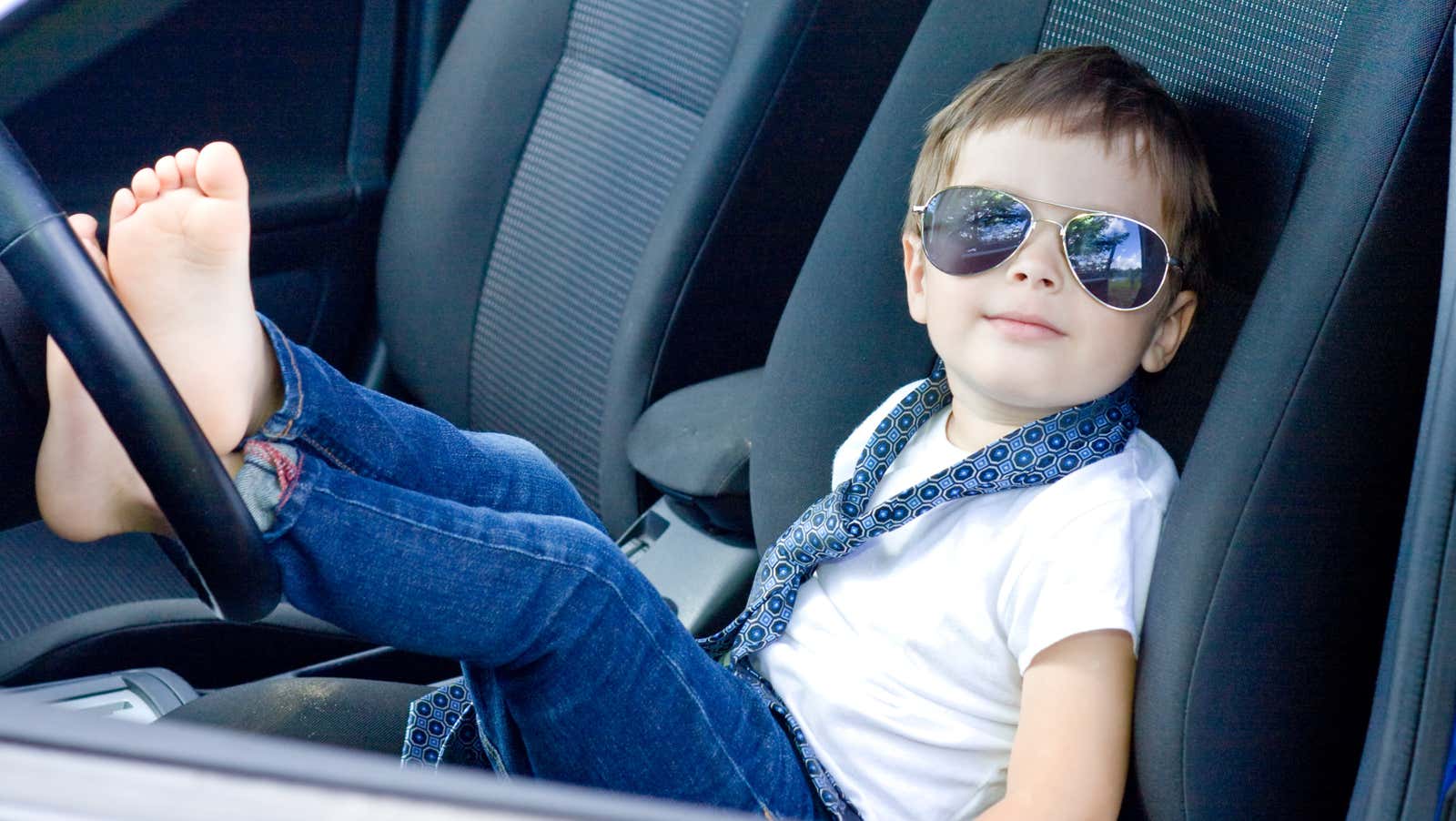When Can Children Ride in the Front Seat of a Car?

If you want a quick and easy answer to one question every teenager cares about – when can I get in the front seat? —This is: Age 13. This is what the American Academy of Pediatrics recommends and is widely recognized as the safest age among car seat safety experts.
But it’s a little more subtle than that, and even after they reach that magic number, there are still factors to consider and precautions to be taken.
First, the law
Most states do not have laws requiring a minimum age for children to ride in the front seat. But some do, and SafeRide4Kids parses them for us:
- California , Georgia , Hawaii , New Jersey , Rhode Island and Tennessee laws require children under 8 to be properly secured in the back seat.
- Delaware law does not allow children to sit in the front seat under 12 or 65 inches.
- Maine law does not allow children to sit in the front seat under 12 or 100 pounds.
- Washington state law does not allow children under the age of 13 to sit in the front seat of a car.
- Puerto Rican law requires children to remain in the back seat of a car until the age of 12.
If you’re in one of these states, you need to at least meet these minimums – but just because some states say a child must be at least 8 years old doesn’t mean it’s safe for them to sit in front of that moment.
Size and age are both factors
The reason it is so important to keep our children in the back seat as long as possible is because most car crashes involve the front of the car. Everyone, including adults, is safer in the back seat because they are farther away from the impact.
In addition, the front airbags are designed to protect an adult over five feet tall and weighing 140-150 pounds or more. If the child is too short, the airbag can hit him in the face or neck; and even if a child is properly wearing a seat belt (with an extra seat if necessary), they are more likely than an adult to be injured by an airbag, Healthline says :
This is due to the fact that the airbag is deployed quickly, in 1/20 of a second. At this high speed, the airbag can deploy at 200 miles per hour. This gives a lot of strength to the younger and lighter child.
Children who sit in the front seat before they get larger risk head injury from an airbag impact or the airbag’s ability to lift them off the seat and hit the top of the vehicle.
The skeletal system of children is also still evolving, which means that even if your 12-year-old is almost the same height as you, our bodies can still withstand collisions better. In particular, the bones of a child’s thighs may not yet fully develop, which can cause the lap belt to lift up the abdomen rather than stay low on the thighs, leading to serious injury in a collision. (This is why you must make sure they pass this five-step test before giving up a child seat, no matter where they sit in the car.)
When they sit in front
Healthline says that when it’s time for your teen to enjoy the freedom of the front seat, you can still take steps to ensure the safest ride possible:
- Move the front seat as far back as possible from the airbag deployment location. Most collisions occur with the front of the vehicle, so the chance of a collision with this position is minimal.
- Always ask your child to wear a seat belt.
- Have your child fasten the seat belt with their back against the seat so that they are farther from the dashboard. The harness should go over your upper chest and not over your neck. The hip belt should rest on your knees and not on your stomach.
But you sat in the front seat and survived
It is true that car seat safety guidelines are becoming more and more stringent. My son is only 9 years old, and the recommendations regarding the length of the baby’s stay facing back are already longer than when he was at this age.
But it’s not that we just become more paranoid about these things. There are more cars on the roads now than when we were kids, bouncing in the back seat without seat belts and going at a faster speed. In addition, we are increasingly understanding the dynamics of road traffic accidents and how we can protect our bodies from injury.